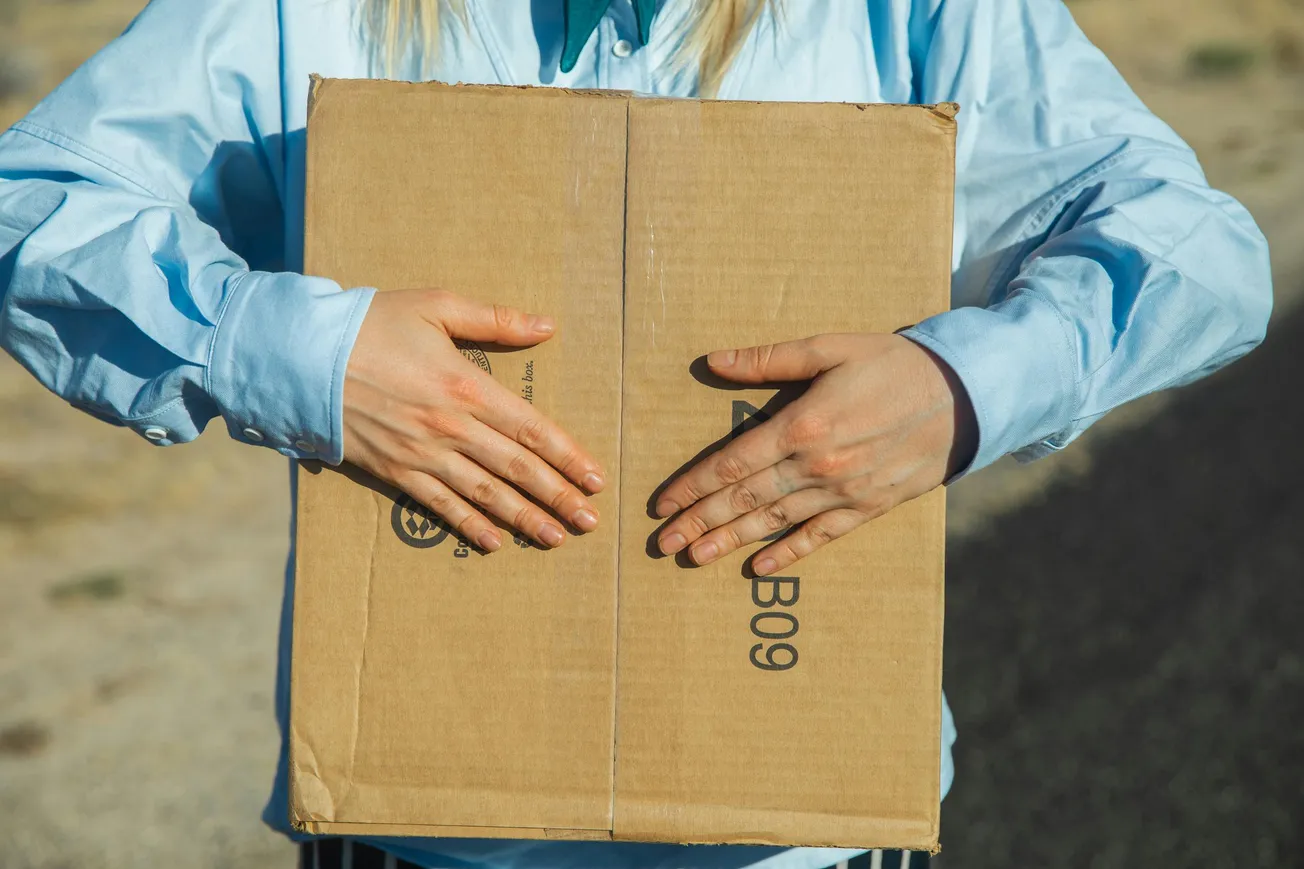As regulatory demands on global supply chains intensify, the enforcement capability of authorities is struggling to keep pace — a gap placing importers, logistics providers and brand partners at heightened risk.
According to an analysis by Journal of Commerce (JOC), recent laws and trade policies are demanding deeper transparency across multi‑tier value chains at a time when U.S. Customs and Border Protection (CBP) and other enforcement agencies are still challenged in processing full downstream and upstream supply‑chain data.
The article highlights how modern mandates — including tracing raw materials, mapping component flows and monitoring complex logistics routes — force supply‑chain actors to provide more detailed documentation than ever. However, enforcement agencies often rely on legacy systems and face data‑processing constraints, leaving “compliance blind spots.”
In many cases, trusted‑trader programmes still assess companies broadly, rather than validating the individual goods moving through the chain.
For retail and CPG suppliers, this discordance between scrutiny and enforcement means a new set of operational imperatives: greater supply‑chain visibility, product‑level data readiness, and proactive engagement with compliance tools.
The industry is witnessing rising investment in platforms capable of mapping value chains, enabling importers and brands to be audit‑ready, not just reactively compliant. For example, technology provider Altana has been cited as aiding CBP in stepping up enforcement via “Product Passports” and AI‑driven traceability initiatives.
In practical terms, brands and retailers should treat enforcement gaps not as a relief but as a timeline risk window. Until compliance infrastructure catches up, the burden increasingly falls on trade participants to furnish enriched supply‑chain data and proof of origin.
Those who stay ahead will turn regulatory pressure into competitive advantage; those who do not could face disruptions, penalties or delayed shipments.







